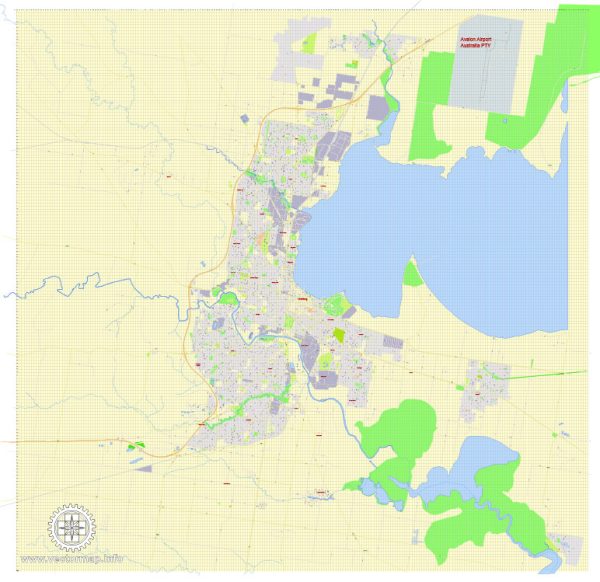Geelong, located in the state of Victoria, Australia, has a rich history of urban development that spans over two centuries. Here’s an overview of key points in Geelong’s urban development:
- Indigenous Inhabitants: Before European settlement, the area now known as Geelong was inhabited by the Wathaurong Aboriginal people for thousands of years. They had a deep connection to the land and its resources.
- European Settlement (1800s): The area was explored by Europeans in the early 19th century, with the first permanent settlement established in 1836 by a group led by Captain Foster Fyans. The town was named after the local Wathaurong word for “land” or “cliffs.”
- Wool and Shipping Boom (19th Century): Geelong’s growth was closely tied to the wool industry and its role as a port. The city’s waterfront became a hub for shipping, with the first wool shipments leaving in the 1840s. The development of the wool industry contributed significantly to the city’s prosperity.
- Gold Rush (1850s): The discovery of gold in Victoria during the 1850s had a profound impact on Geelong. The city experienced a population boom as people flocked to the goldfields, and Geelong became a major port for those seeking their fortunes.
- Infrastructure Development (Late 19th Century): As the population increased, Geelong saw significant infrastructure development, including the construction of schools, hospitals, and public buildings. The railway reached Geelong in 1857, further connecting the city to Melbourne and facilitating economic growth.
- Industrialization (20th Century): The 20th century brought further industrialization to Geelong. The city became known for its manufacturing industries, particularly in the automotive sector. The Ford Motor Company established a plant in Geelong in the early 20th century, contributing to the city’s economic base.
- Post-World War II Growth: After World War II, Geelong experienced a period of growth and urban expansion. The population increased, and suburbs developed to accommodate the growing number of residents.
- Economic Challenges (Late 20th Century): In the latter half of the 20th century, Geelong faced economic challenges, particularly with the decline of the manufacturing sector. The closure of major industrial plants, such as the Ford factory in 2016, had a significant impact on the local economy.
- Diversification and Renewal (21st Century): In response to economic challenges, Geelong has undergone efforts to diversify its economy. The city has focused on sectors like education, health, and tourism. Waterfront redevelopment projects, such as the Geelong Waterfront Geelong, have also played a role in revitalizing the city.
- Cultural and Educational Hub: Geelong has become known for its cultural events, festivals, and educational institutions. Deakin University, founded in 1974, is a major educational contributor to the city.
Throughout its history, Geelong has evolved from a small port town to a diverse and dynamic regional center, facing economic shifts and challenges along the way. The city’s history is reflected in its architecture, cultural institutions, and the resilience of its community.


 Author: Kirill Shrayber, Ph.D.
Author: Kirill Shrayber, Ph.D.